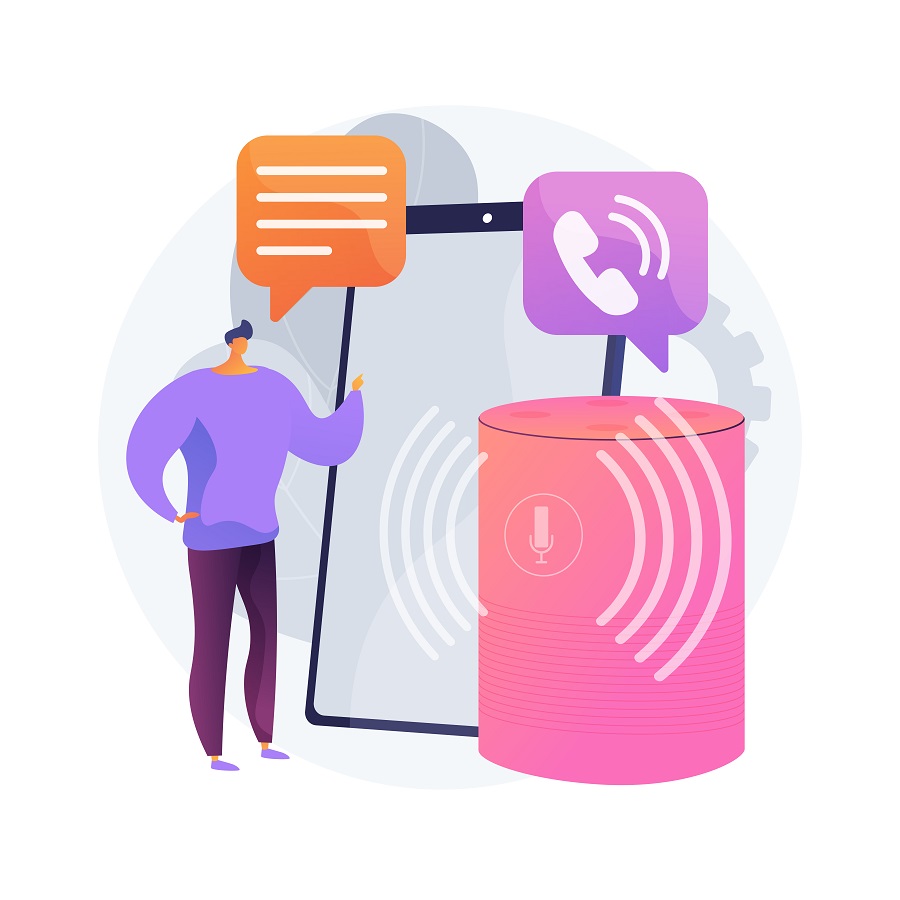
Overcorrecting for one form of disability may unintentionally negatively impact the experience for other forms of disability. For example, partially visually hidden link names may work great for people who use screen readers, but this approach can be problematic for people who rely on voice control software. Because of this, your designs need to be flexible and adaptable, as well as accommodate the many different ways people can interact with them.
Digital accessibility tends to be taught through the lens of how your experience works (or fails to work) with a screen reader. It makes sense to think that, if it works for a screen reader, it will also work for a lot of other kinds of assistive technology.
However, this approach also indirectly reinforces the narrative that blindness is the majority experience. Within this narrative, there is also some subtlety in the fact that not everyone who uses a screen reader is blind.
The majority disability experience is actually depression, which is a complicated disability with highly variable symptoms. One of the most notable symptoms of depression is that it negatively impacts your cognition, which affects your ability to understand things.
- It works for a screen reader
- Not everyone who uses a screen reader is blind.
- The majority disability experience is actually depression
The other salient bit is that the majority experience is not default. The point I’m getting at is that overcorrecting for one form of disability may unintentionally negatively impact the experience for other forms of disability — voice control software being one example.
